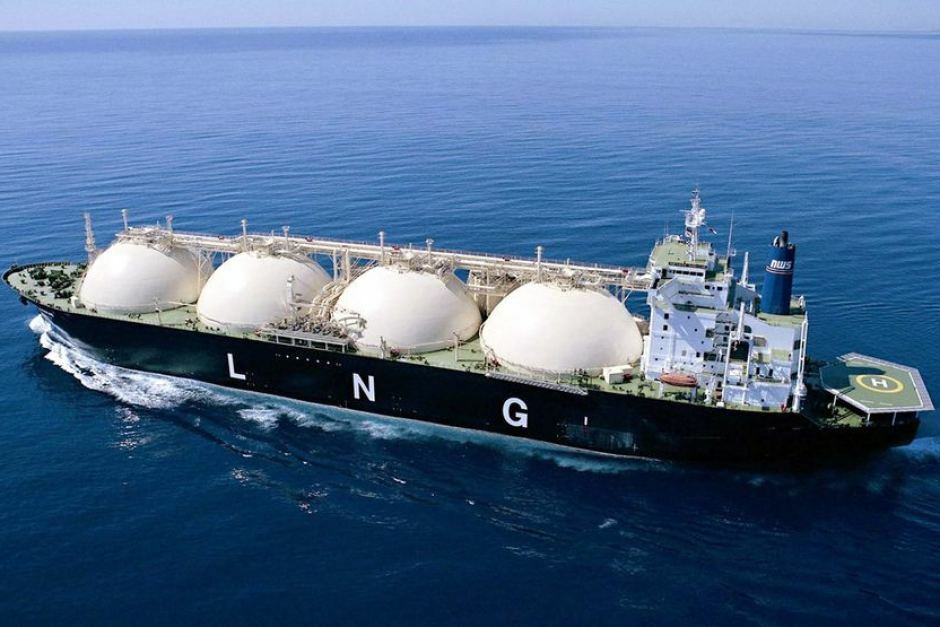
Europe faces LNG supply problems as Freeport cuts exports
By Rhod Mackenzie
There is a degree of tension in the European market, with one of the largest LNG terminals in the United States, in Freeport, Texas, unable to overcome a production bottleneck. Following a significant fire almost two years ago and extended downtime for repairs, American gas workers have been unable to return to their previous levels of production and shipment of liquefied natural gas (LNG). Given that the Freeport LNG terminal is one of the largest in the United States, it is understandable that issues there have an impact on LNG production and export throughout the country.
According to Oil Price, citing financial services company LSEG, exports of American LNG have been on a downward trend this year. April marked the fourth consecutive month of decline, with exports falling from 7.61 million tons in March to 6.19 million tons in April, representing a 22.9% decrease. Additionally, exports to Europe have also seen a decline, although it remains the primary importer of American liquefied gas, with its share in American gas exports decreasing from 57% in March to 52.5% in April. Asia remains the second largest importer of American LNG, with a 32.6% share in April, representing a slight increase from the previous month.
The Freeport LNG terminal has three processing lines. Due to technical issues and preventative maintenance, there were no instances throughout the first four months of this year where all three lines were operational at the terminal. At least one line was halted for various reasons on a daily basis. For example, the operator of the LNG terminal, Freeport LNG Development LP, reported new problems and the shutdown of the third line last week. On average, in January-April 2024, it has not yet operated at more than 80% of planned capacity.
The Freeport LNG terminal primarily serves Europe. Given the recent energy crisis, when prices for "blue" fuel and electricity reached astronomical levels, it is understandable that Europeans are concerned. In April, according to LSEG, only two ships with 330 thousand left the Texas port of Quintana, where LNG is loaded onto gas carriers. This represents a mere ton of liquefied gas for the entire month. In comparison, in December 2023, 21 LNG carriers departed Quintana across the Atlantic Ocean, carrying a total of 1.42 million tons of LNG.
David Sedusky, author of the analytical note, has expressed concern to Energy Aspects clients that the Freeport LNG terminal and plant will not reach 90% of normal summer capacity before June.
Given the unfortunate setbacks that have befallen Freeport over the past two years, it is possible that the facility may only reach its designed capacity by the end of the year.
It is worth noting that a significant explosion and fire at the Texas Gulf Coast plant in June 2022 resulted in the second largest LNG plant and LNG terminal in the United States, in terms of production and export volumes, being disabled for over a year. This accounts for 15% of all American liquefied gas.
